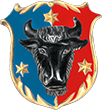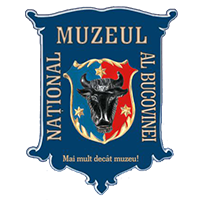This website uses cookies so that we can provide you with the best user experience possible. Cookie information is stored in your browser and performs functions such as recognising you when you return to our website and helping our team to understand which sections of the website you find most interesting and useful.

”Eusebiu Camilar” Memorial House
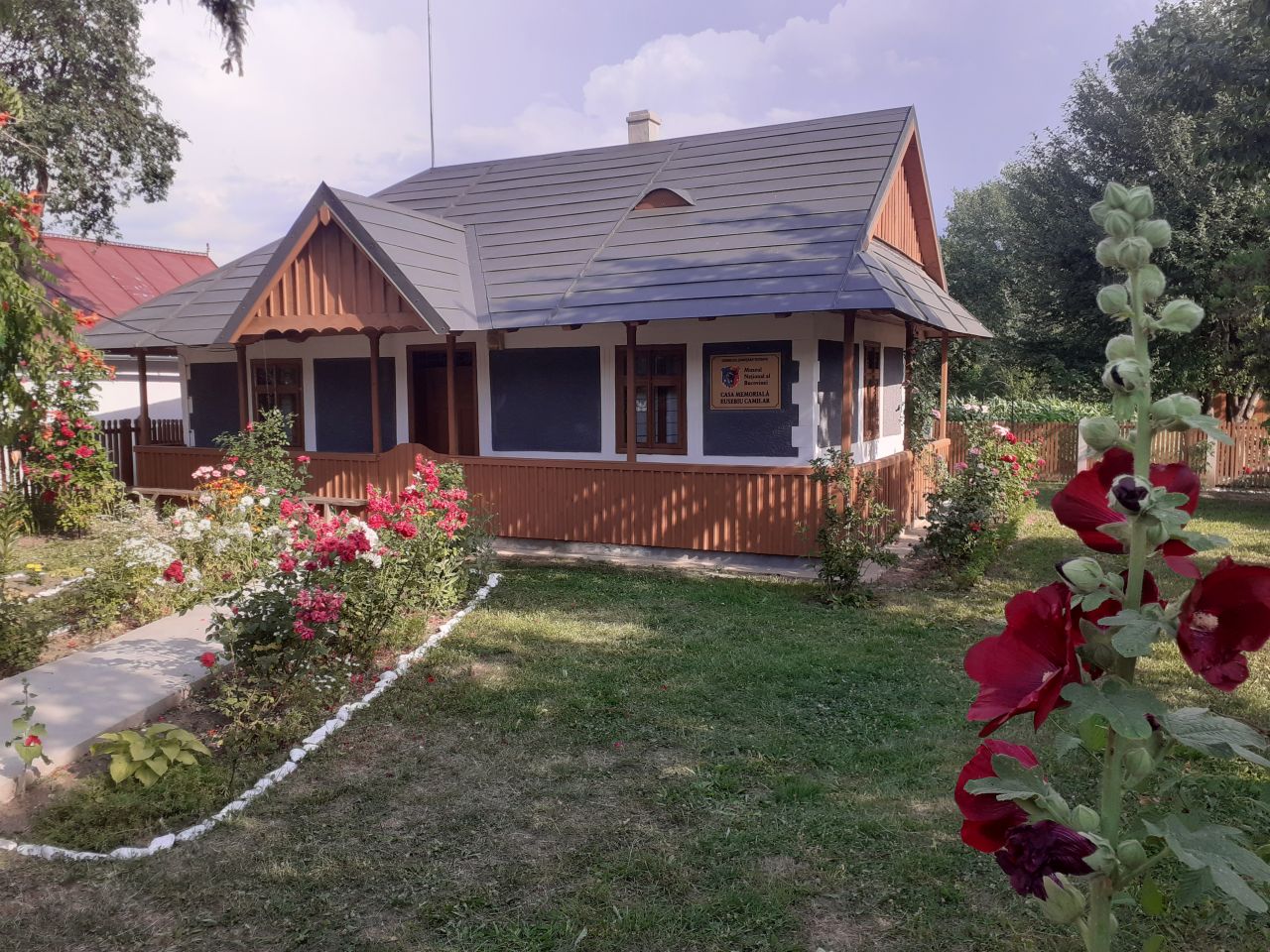
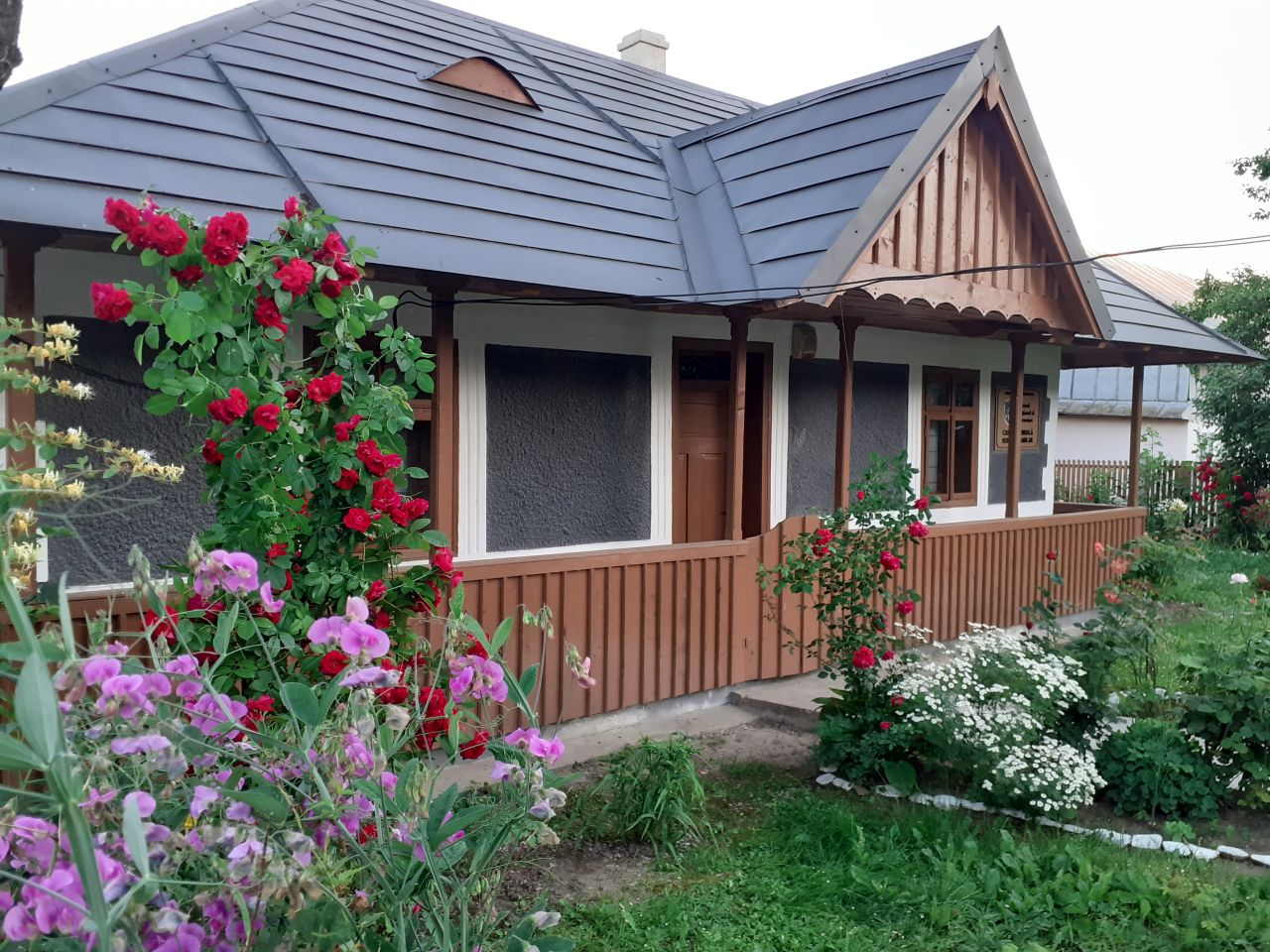
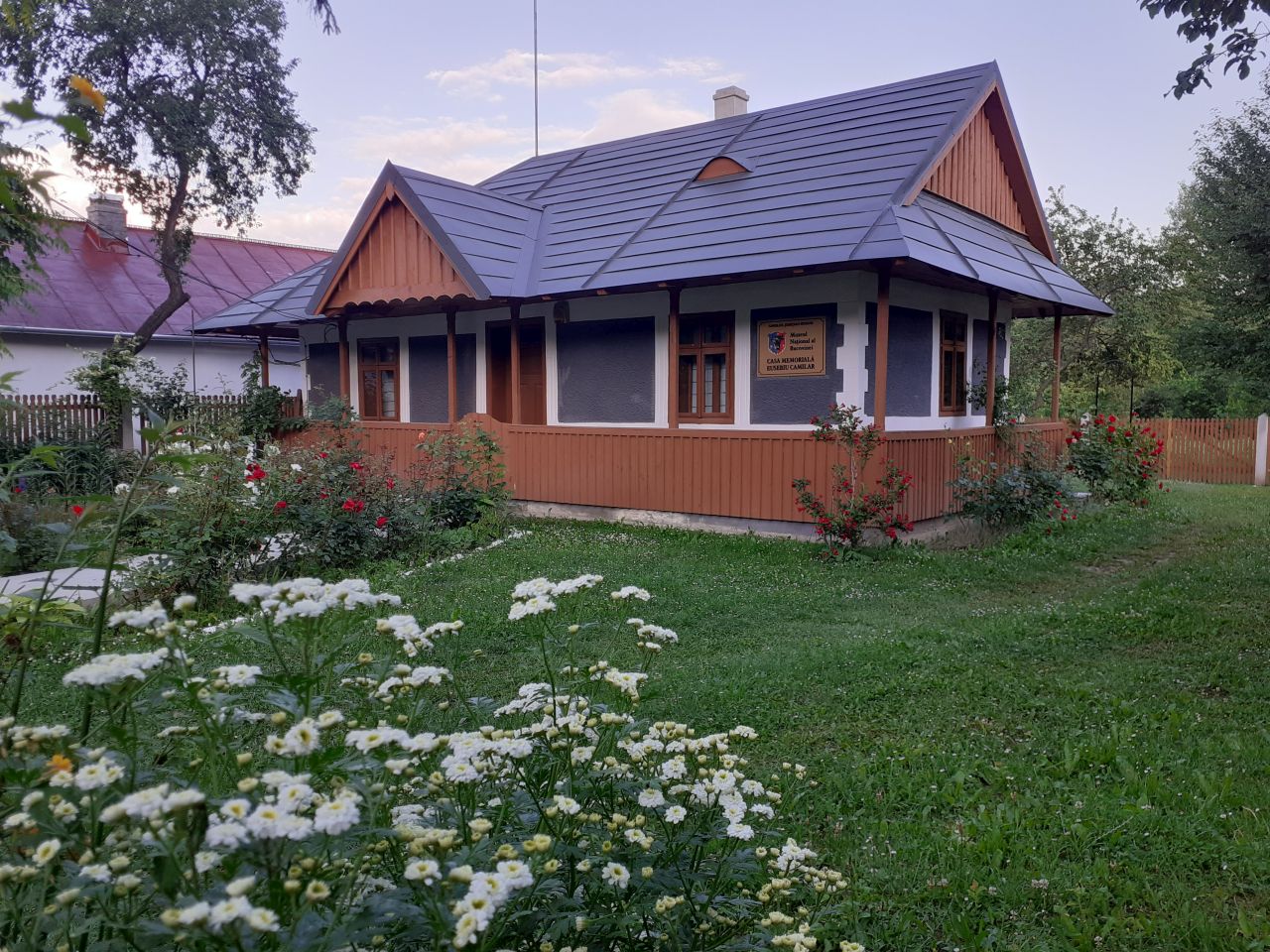
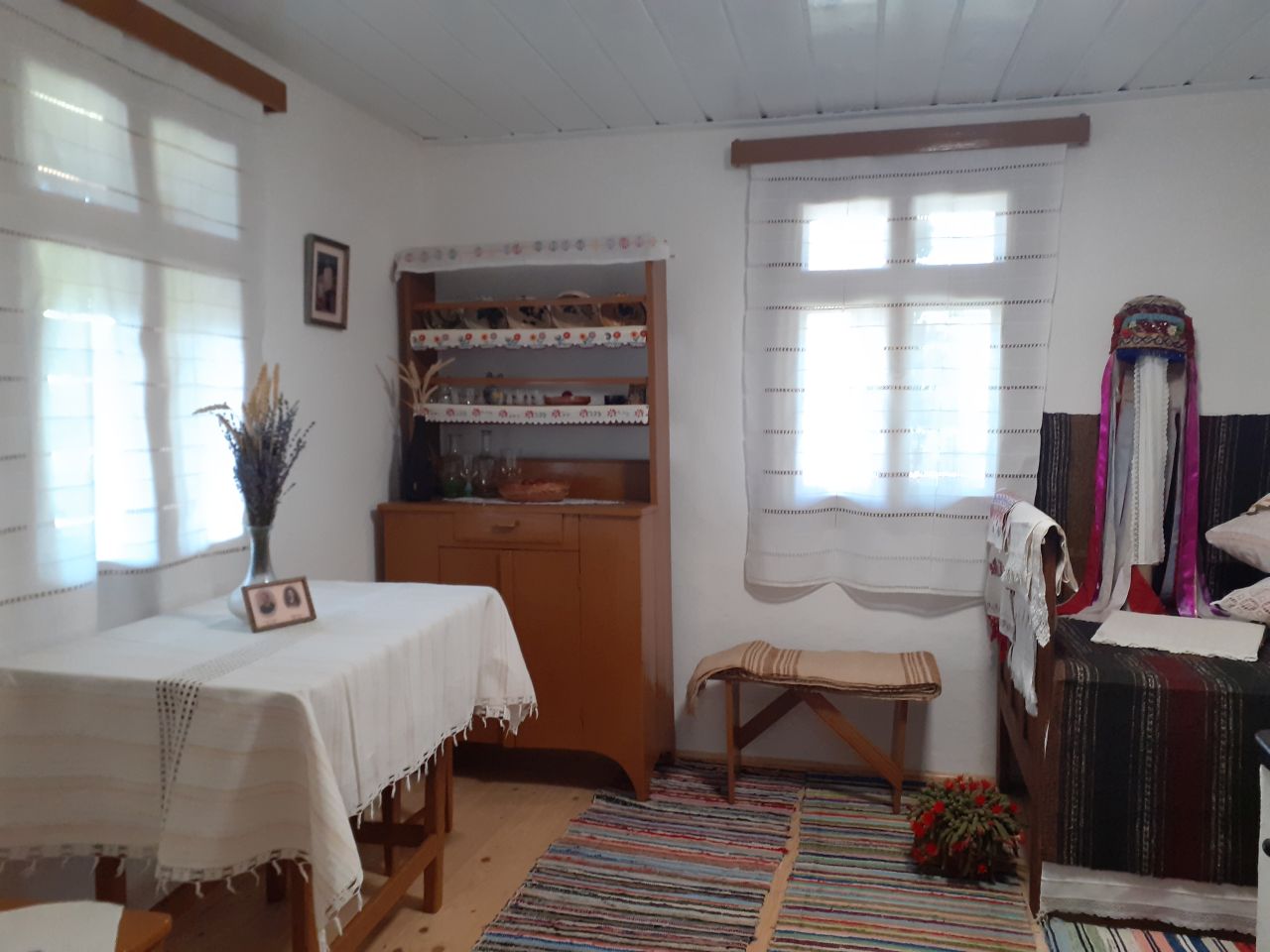
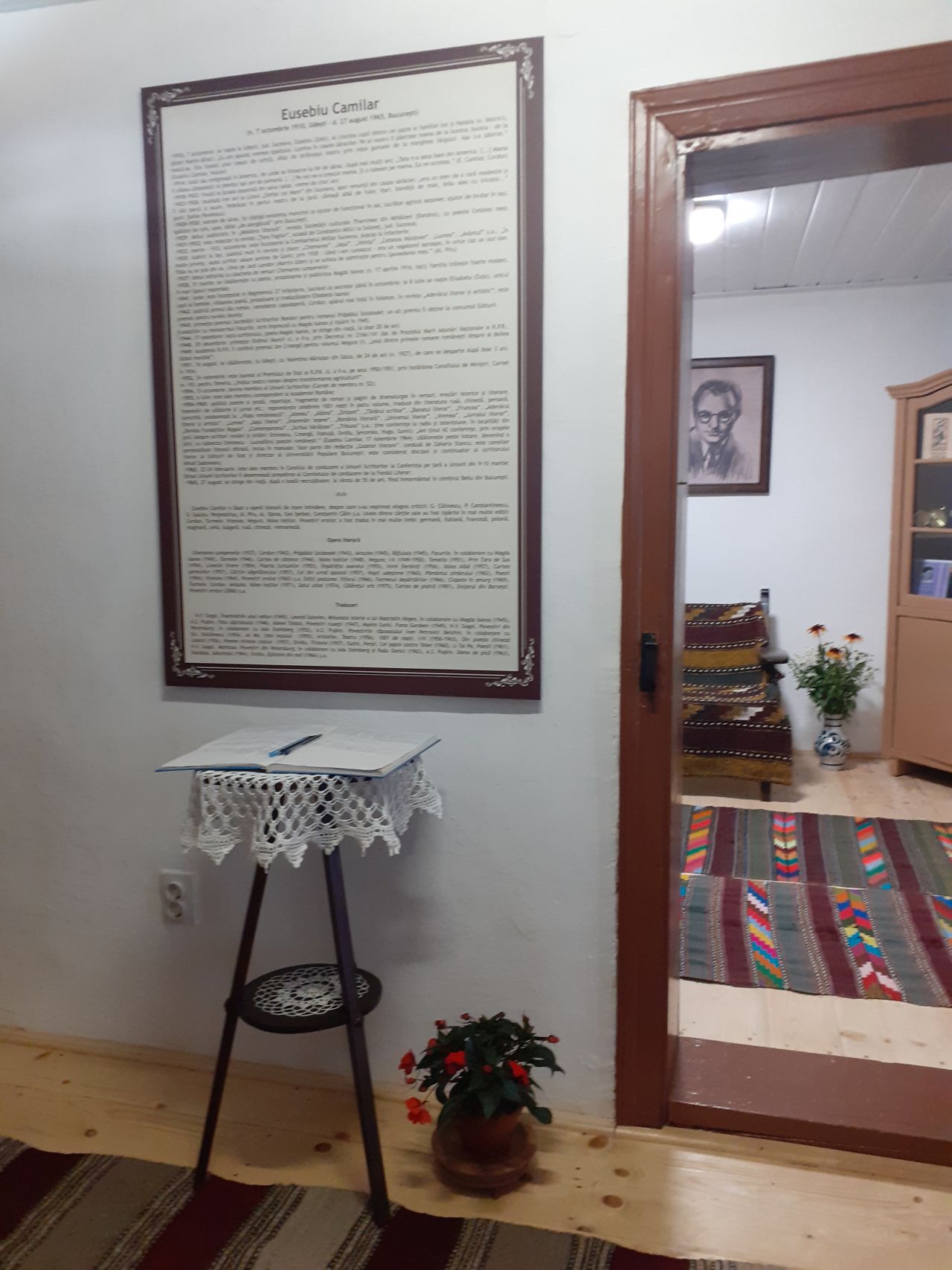
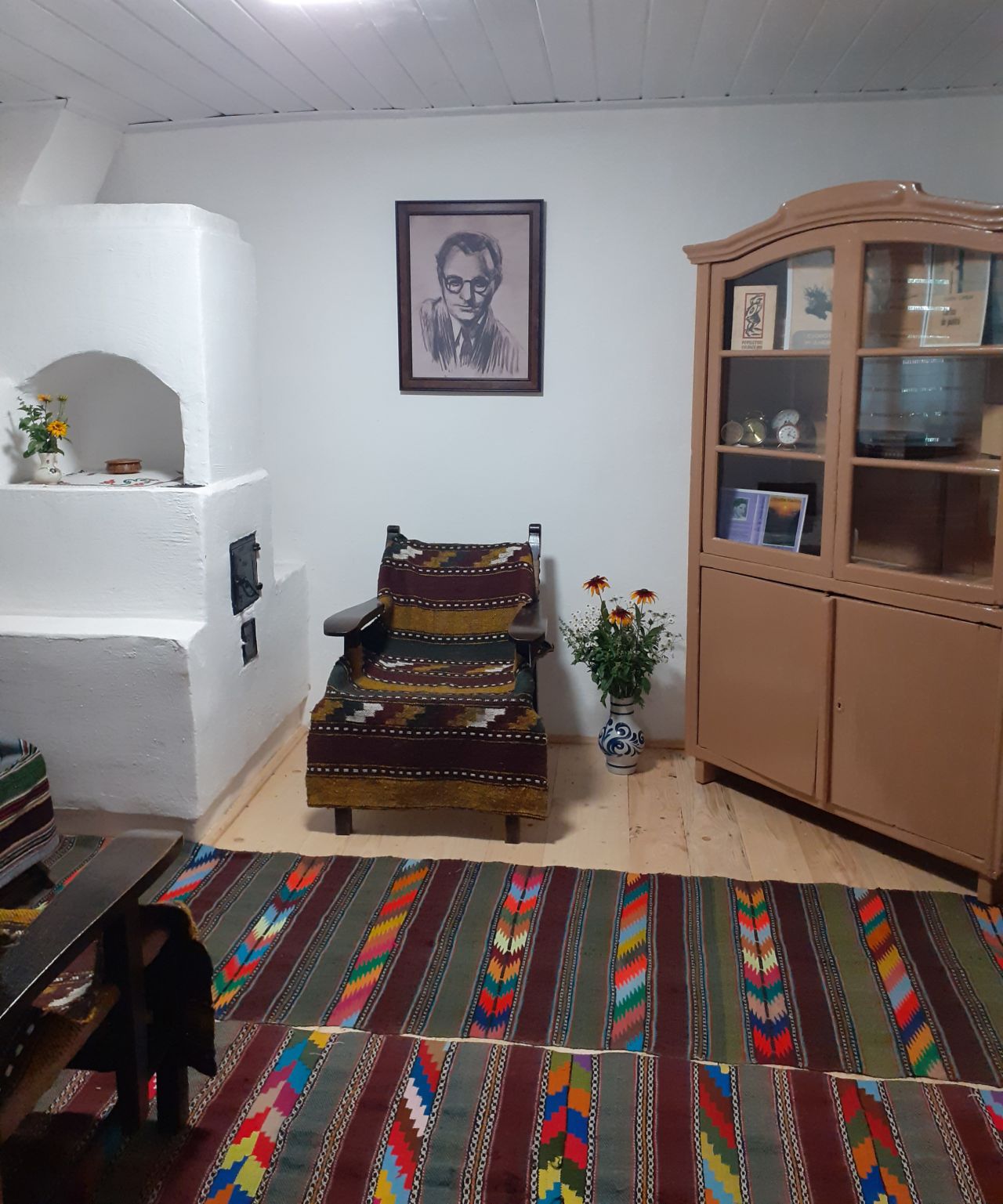
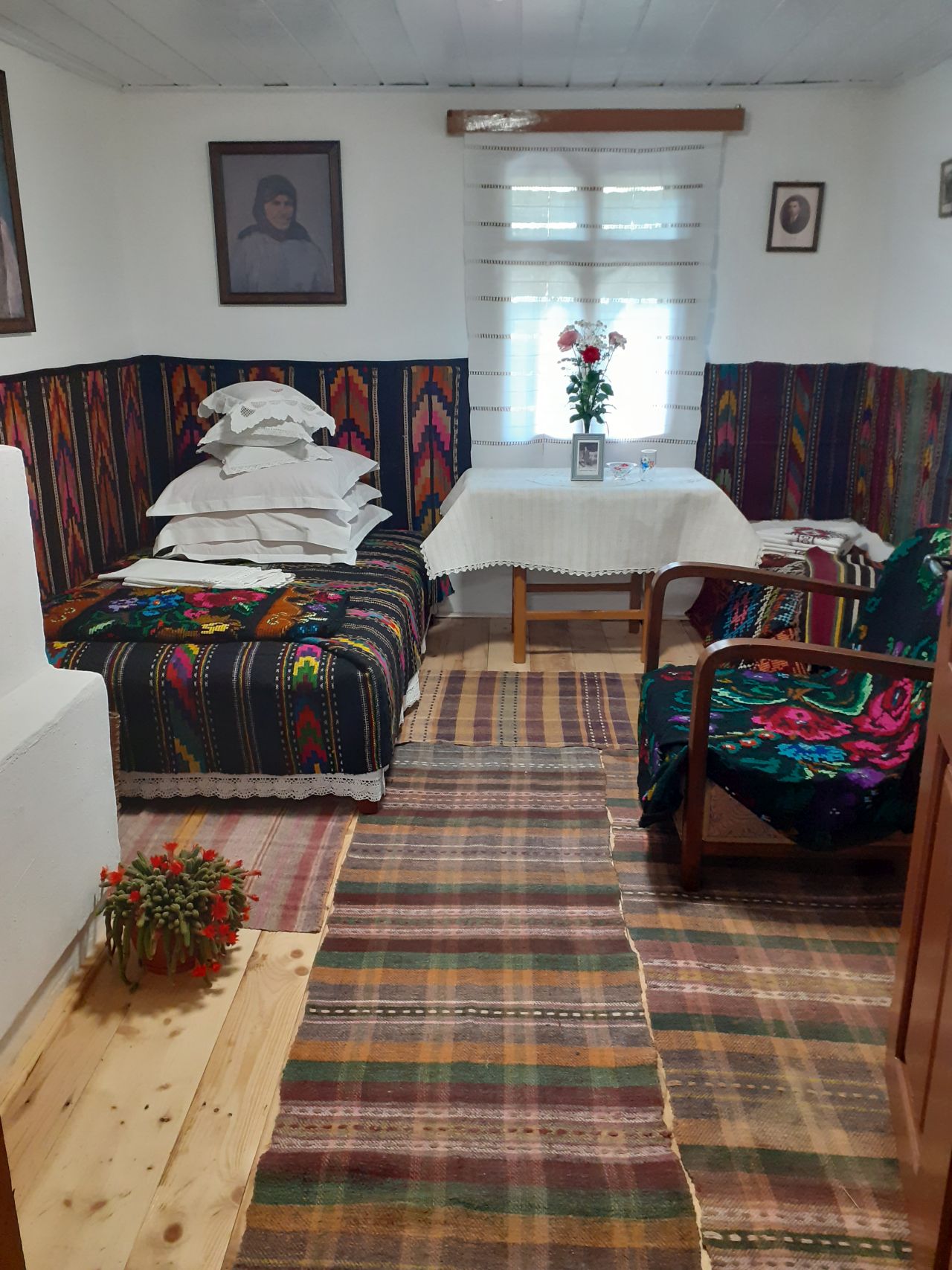
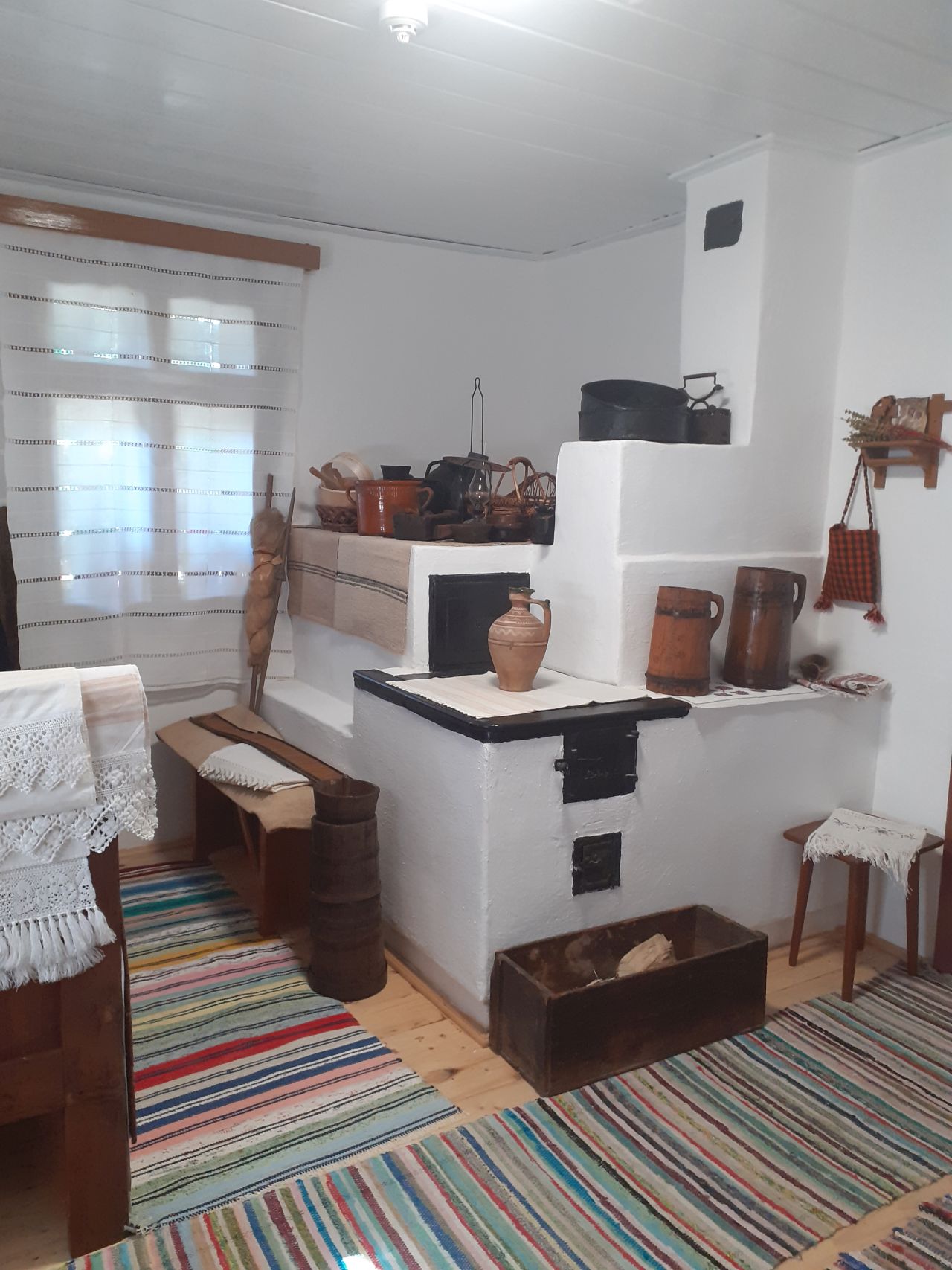








Located in the centre of the Udeşti village, Suceava county, the memorial house was inaugurated in the year 1984, in Eusebiu Camilar’s house (1910-1965). The memorial exhibition organized in the three rooms of the parental house reconstitutes the life and creative atmosphere presenting to the public a rich furniture collection, personal belongings and domestic items, books, personal documents, photographs, etc.
Eusebiu Camilar (1910 - 1965)

Eusebiu Camilar was born in Udeşti as the fifth child of seven of the family Ioan and Natalia (born Motrici), very poor peasants; ”The rushlight was during my time. It brought light in the house of the poor. My mother had our rushlight from our grandmother; and grandmother- from her mother. It was the bottom of a kettle from a shell splinter found by our ancester among some garbage at the skirt of the village. This is the way it was kept” (E. Camilar, Volcano). In 1914 his father emigrates to America, but after several years he returns as poor as he left: ”My father didn’t bring money from America. Some people would say he drank a lot. […] My mother quarreled him: You lost eight years in vain […] My mother brought us up. And we loved her. She protected us.” (E. Camilar, Cordun). Between 1918 and 1923 he attends The Folk School in the native village, then three years he attends Ştefan cel Mare High School of Suceava, after which he gives up going to school because of poverty; ”he was a pupil of an extremly high modesty and I can see him wearing our regional costume: white hemp shirt, homespun peasant trousers, long furred sheep coat, tricoloured belt…” (prof. Ştefan Pavelescu).
During 1928 and 1930 being extremly poor, he earns his living working as functionary assistant in the village, daily worker in agriculture, baker assistant in Iaşi, laundry cleaning boy, door keeper, boy doing coming and going things in Bucharest. He makes his first appearance in ”Literary Moldavia” with the poem My Fortress in 1929. Between 1931 and 1932 he is the editor of the review ”Beech land” edited by Constantin Milici in Soloneţ – Suceava and from 1932 until 1933 he is incorporated in the Suceava military police station, division Infantry, as trigger. In 1935 he settles down in Iaşi where he publishes in different reviews and newspapers: ”The Calling”, ”Iaşul”, ”The Will”, ”Moldavia’s fortress”, ”The world”, ”The leap”, etc; ”What this writer concerns, he reminds me of Gorki; in 1938 – when I met him – he was almost a tramp, anyway, a person living outside the law. He made his living from nothing, he read Jack London (Martin Eden) and had great admiration for My Confession” (Al. Piru). In 1937 he makes his first appearance with the verses The call of the hardships. In 1938 he marries the poet, the prose writer and the publicist Magda Isanos (1916-1944), living in indigence. In 1941 is born his only child, Elisabeta (Zuţa), the future poet, prose writer and translator Elisabeta Isanos.
He publishes his first novel, Cordun, in 1942, which is considered a masterpiece. In 1944, the wife of the writer, Magda Isanos dies at the age of 28. He was member of the Union of the Writers (1954) and correspondent member of The Romanian Academy (1955), he published poetry and prose, novel fragments and pages of verse dramaturgy, literary and historical evocations, travel and diary notes etc. He retold the famous 1001 nights in four volumes, translated from Russian, Chinese, Persian and Sanscrit literature, travelled abroad, becoming an official literary personality, being included in textbooks. He died at the age of 55, after ruthless illness being buried in Bellu cemetery in Bucharest. Literary work: The call of the hardships (1937), Cordun (1942), Soloboda’s disaster (1943), Avizuha (1945), The dispute (1945), Fires, in collaboration with Magda Isanos (1945), The flock (1946), Song book (1946), The valley of the thieves (1948), The darkness, I-II (1949-1950), The base (1951), Through the Upper Country (1954), The young meadows (1954), The gate of the storms (1955), The kingdom of the sun (1955), Hot hearts (1956), The white valley (1957), The book of the nicknames (1957), Sagittarius’ books (1957), The last apostle (1957), Nights in Udești (1960), The earth of the aurochs (1962), Poems(1964); Vrancea (1964), Heroical stories (1965) and so on. Posthumous editions: The snowstorm (1966), The charm of the distances (1966), Bells in the twilight (1969), The flock. Cordun. Avizuha. The valley of the thieves (1971), The forgotten village (1974), The blind rider (1975), The stone book (1981), The Borzeşti oak. Heroical stories (2006) and so on.
(dr. Aura Brădăţan)
Eusebiu Camilar Memorial House, Udeşti locality, Suceava county
Phone: 0761.317.910; 0755.134.356
The cultural site is closed for restoration
// Permanent exhibition
- adults – 8 lei/pers.
- pupils, students with valid IDs – 2 leu/pers.
- retired persons – 4 lei/pers.
Stay connected
National Museum of Bukovina
Ștefan cel Mare street, no. 33, code 720003, Suceava, Romania,
Phone: 0230 216 439
Fax: 0230 522 979
E-mail: contact@muzeulbucovinei.ro
